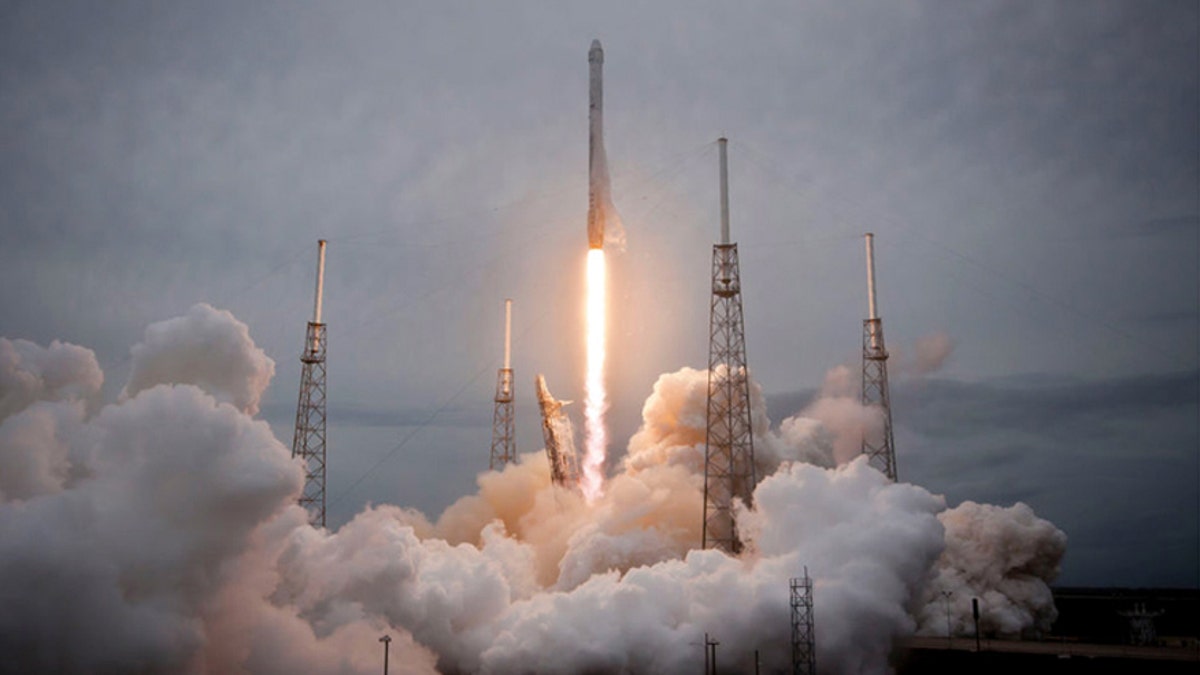
CRS-3 Falcon 9 liftoff. (SpaceX)
Start-up rocket-maker Space Exploration Technologies Corp. has unveiled plans to build a commercial spaceport in Texas.
The company, known as SpaceX and headed by billionaire Elon Musk, said it will build a facility exclusively to launch commercial satellites in Brownsville, a city located on the southernmost tip of the state on the border with Mexico.
“SpaceX is excited to expand our work in Texas with the world’s first commercial launch complex designed specifically for orbital missions,” Musk said in a statement released by the office of Gov. Rick Perry, whose office on Monday announced the deal.
The state will contribute more than $15 million to the project, including $13 million from a spaceport trust fund and another $2.3 million from the so-called Texas Enterprise Fund, according to the release. The launch pad will create 300 jobs and generate $85 million in capital investment to the local economy, it states.
“Texas has been on the forefront of our nation’s space exploration efforts for decades, so it is fitting that SpaceX has chosen our state as they expand the frontiers of commercial space flight,” the Republican governor said in the statement.
NASA’s Johnson Space Center in Houston has long been a hub for America’s human space exploration program, from the early Gemini, Apollo and Skylab projects to today’s International Space Station program. The state was also the site of one of the first privately developed rockets launched into space, the Conestoga 1 in 1982.
SpaceX is based outside Los Angeles in Hawthorne, California, and has more than 3,000 employees, including 250 workers at a rocket development facility in McGregor, Texas.
In addition to commercial business, the company is seeking to break into the military launch market dominated by United Launch Alliance LLC, a joint venture of Lockheed Martin Corp. and Boeing Co.
SpaceX in April sued the Air Force to open more missions to competitions in the Evolved Expendable Launch Vehicle, or EELV, program, which launches medium– and heavy-lift military and spy satellites into space using ULA’s families of Atlas and Delta rockets.
At a time of rising tensions between the U.S. and Russia over the latter’s invasion and subsequent annexation of Ukraine’s Crimea region, SpaceX’s lawsuit drew attention to the fact that the U.S. military launch program uses the Russian-made RD-180 engine on the Atlas V rocket.
The Air Force is now looking into building a domestic alternative to the RD-180 propulsion system and has requested to transfer $100 million in funding this year to hold a rocket launch competition earlier than planned.
The fiscal 2014 funding would be used to add to the launch manifest another mission, the Defense Meteorological Satellite Program-20, raising the number of lift-offs to six, according to a copy of the budget reprogramming request.
